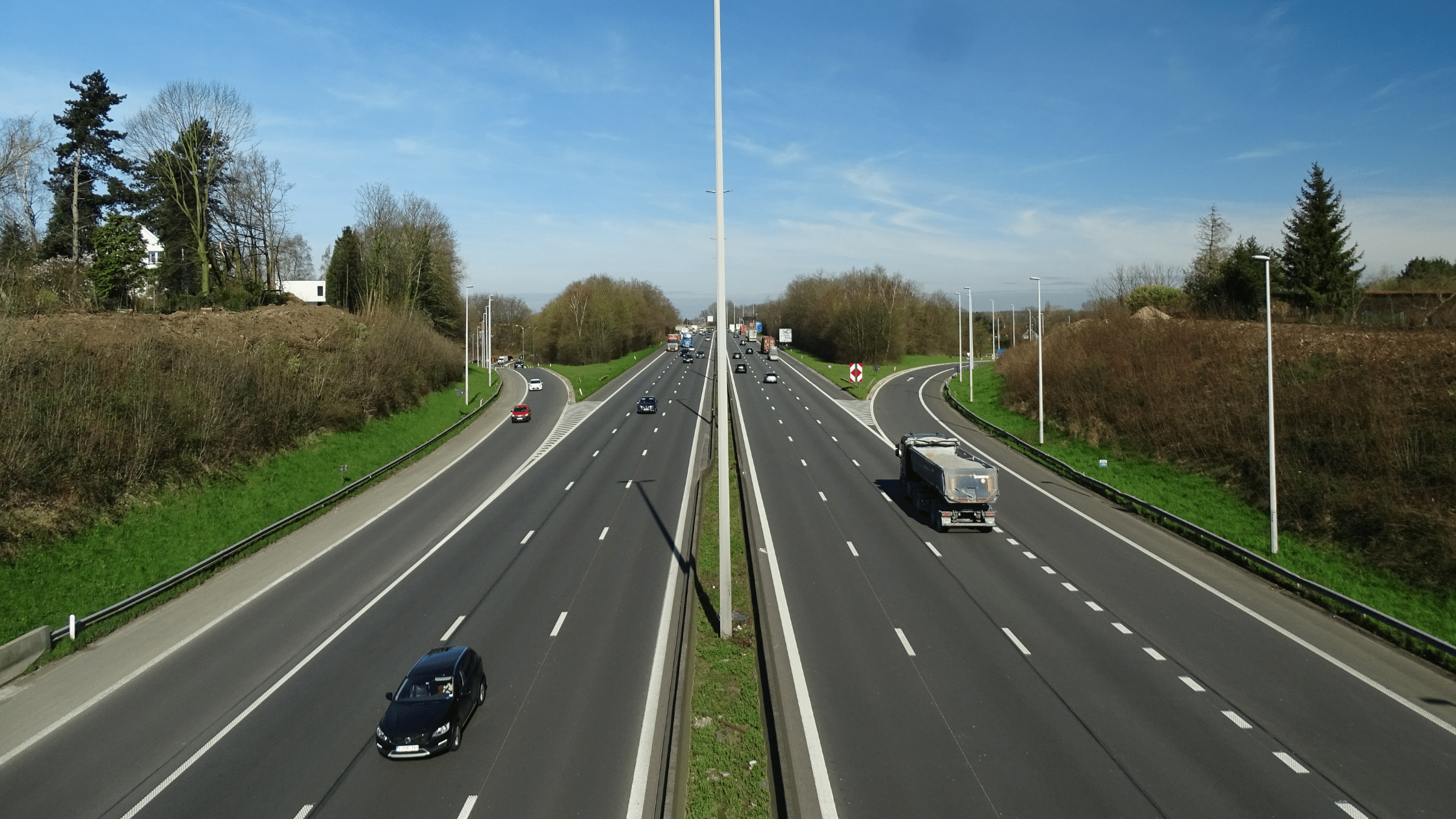These are exciting times for tourism. There is no doubt that the tourism sector needs to do things differently if it is to pull its weight and address some of the big issues that define our time: ecological sustainability, natural resource depletion, climate change, social justice, equality and well-being to name a few. The digital, social, and circular economies are just some of the diverse economies of tourism that are unfolding, and ushering in new and innovative ways of thinking about and doing tourism.
There has been lots of hype about the innovation mindset, design thinking and agile management, as if these new approaches and buzzwords provide an easy portal into new, sustainable and just futures. Don’t get me wrong, the energies, creativity, and optimism surrounding these initiatives are exciting because they are rooted in taking responsibility and action. But do we really understand the multi-pronged challenges, the daily anxieties, and the perceived risks experienced by SMEs? This is the largest group of actors in tourism, and a large part of the call to do things differently in tourism rests on their shoulders.
Policies and initiatives to promote digitalisation in tourism can only be as good as the understandings we have of the challenges and opportunities that tourism SMEs face. In other words, building initiatives and taking action to address the wrong problem is a waste of time. We need to focus on accurately (co)diagnosing the challenges before we can identify responses. As one participant in our study (below) observed:
“Digitalisation programmes don’t have value unless the industry is ready to take up those skills and insights.”
In a recent Eurobarometer study it was found that EU citizens generally perceive digital technologies as having a positive impact on the economy, on quality-of-life, and on society. This study found wide differences in individual perceptions of one’s own digital skills depending on country, educational background, and age. The vast majority of people (80%) indicated that they were sufficiently skilled in digital technologies to do their jobs, and that people generally have a positive view of robots and artificial intelligence (61%).
But the uptake of digital technologies and general attitudes about digitalisation will differ if we dig deeper into different sectors, countries, regions, demographic, economic and social cohorts.
Digitalisation in Tourism
We recently presented a report to the European Commission on Digitalisation in Tourism which was based on surveys of 2,897 SMEs, 73 public administrations, and 85 tourism-related professional associations across Europe. The aim of the study was to examine the challenges and opportunities of digitalisation in tourism, with a view to helping governments and policy makers better understand tourism SMEs’ interests and concerns about digitalisation. In other words, we were trying to diagnose the challenges with a little more detail to inform potential policy actions.
“There are some SMEs that are going well in their digital path, but there is also a “very big middle” of SMEs.
They don’t have the time, money, or the incentive to digitalise. Perhaps they all don’t need to.”
The observation above, from one of our participants, captured an overall finding that there was wide variation in the uptake of digital technologies among tourism SMEs. From the perspective of SMEs, tourism has traditionally relied on face-to face exchange, and so many operators approach digitalisation from a very conservative, risk-averse position. They found that face-to-face contact allowed them to gauge market interactions in real time and shift their practices immediately. They were, of course, willing to acknowledge the value of big data and digital technologies, but there was a gap between how they managed their business and the effort and learning curve of digitalisation.
Top 5 opportunities expected from digitalisation:
1. The potential for growth in their SME.
2. Improved market presence of the SME.
3. Expanded market reach of the SME.
4 Improved customer outcomes.
Top 5 difficulties that SMEs identified in implementing digital technologies:
1.Training on new technologies.
2. Costs of technology and uncertain returns on that technology.
3. Insufficient knowledge to identify the various technology opportunities available.
4. Insufficient technical knowledge to make decisions about the options available.
5. Lack of suitable off-the-shelf products within an SME’s budget range.
Top 5 motivations for seeking to digitalise:
1. To improve competitiveness.
2. To grow.
3. To be future ready.
4. To address seasonality.
5. To improve networks.
Top 5 obstacles to implementing digital technologies:
1. Lack of finance.
2. A belief that current levels of technology are sufficient.
3. High cost of training.
4. Rapid pace of technological change.
5. Cost of high speed broadband needed to support digitalisation.
This report is of course European in its focus, but the lessons and insights could be widely applicable. There is much that SMEs can do to innovate, disrupt and help transform tourism to address society’s big challenges, but they don’t and shouldn’t have to work alone. These survey findings give us something to think about in terms of what policy makers can do, and the type/nature of collaborations that are needed.
“Digital skills development aside, we need to operate within a general innovation paradigm, and this is not necessarily only about digitalisation.”
What challenges do you see, or have you experienced, in the digitalisation of tourism SMEs?
Note: Grateful acknowledgement goes to amazing colleagues and co-authors Giang Phi, Eóin Meehan, Elena Popescu and Renuka Mahadevan
—
This article originally appeared onthe author’s LinkedIn page.





















































